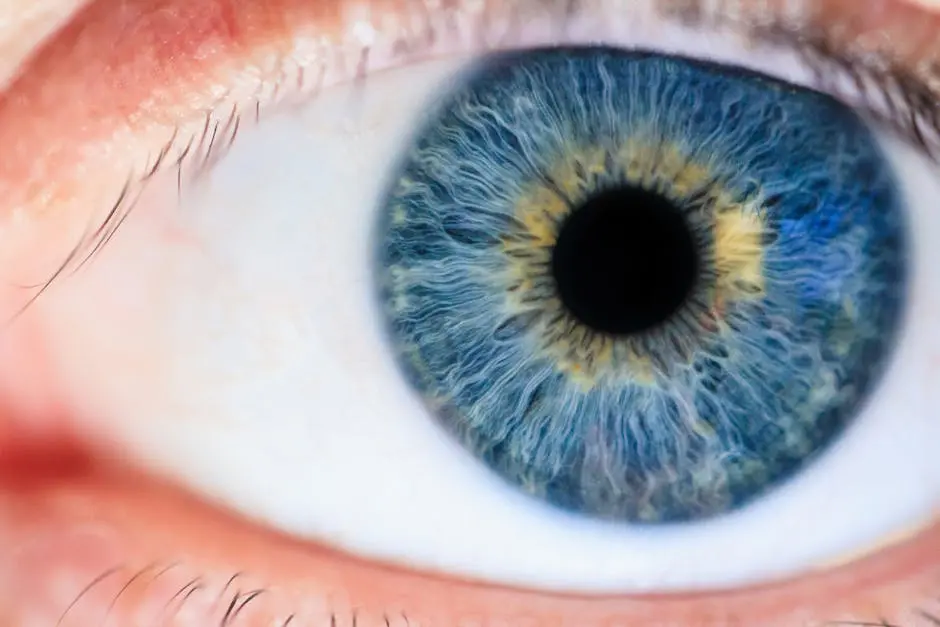
Dry eyes are a common condition, but they are often misunderstood. With so many myths circulating, it can be hard to separate fact from fiction. In this blog, we will debunk some of the most prevalent myths about dry eyes, providing clarity and insight into this eye health issue.
Myth 1: Dry Eyes Are Only Caused by Aging
While aging is indeed a factor that may exacerbate dry eyes, it is far from the sole cause. Modern lifestyles have introduced several factors that can lead to this condition. Prolonged use of digital devices is one common cause, particularly because we tend to blink less when staring at screens, reducing the spread of tears across our eyes. Moreover, certain environmental factors like windy and dry climates can increase evaporation of tears. It’s also worth noting that medical conditions like Sjögren’s syndrome, which is an immune system disorder, and certain medications including antihistamines, can contribute to dry eyes. Thus, understanding the diverse causes can help us focus on appropriate treatments and manage symptoms more effectively.
Furthermore, hormonal changes, particularly in women, can play a significant role. For instance, pregnant women, those taking birth control, or undergoing menopause often experience hormonal shifts that affect tear production. With a modern understanding of these contributors, one should move beyond the simplistic view that age alone leads to dry eyes. By identifying the root causes, individuals can seek targeted therapies that offer more substantial relief and improved quality of life.
Myth 2: Drinking More Water Resolves Dry Eyes
While staying hydrated is beneficial for overall health, it is not a standalone solution to the complex issue of dry eyes. The tear film that keeps our eyes moist consists of three layers: a water layer, an oily layer, and a mucus layer. Each of these components must be balanced to maintain proper eye lubrication. Therefore, a deficiency in the oily layer, which prevents evaporation, cannot be remedied solely by increasing water intake. This condition often requires treatments such as omega-3 fatty acid supplements to boost the oil layer or medications that encourage tear production. Without addressing these aspects, simply increasing water consumption may leave the underlying problem unsolved.
In addition, a nuanced understanding of dry eye syndrome helps shed light on its management. For example, medications targeting inflammation in the glands producing tears can significantly improve tear quality and quantity. Recognizing these broader therapeutic strategies can help individuals seek effective solutions rather than relying on hydration alone.
Myth 3: All Eye Drops Are Created Equal
It’s a common misconception that all eye drops serve the same purpose. In reality, the market offers a wide array of options tailored for different types of dryness and the severity of symptoms. Artificial tears are popular for providing quick relief; they often come in various viscosities, offering longer-lasting moisture for chronic sufferers. However, overuse of eye drops with preservatives can lead to additional irritation for some individuals, underlining the importance of selecting preservative-free options when necessary.
More specialized prescriptions, such as those containing cyclosporine, are designed to address underlying inflammation that may be causing dry eye symptoms. Additionally, lipid-based drops can be beneficial for those with evaporative loss due to insufficient oil in their tears. Consulting with an eye care professional can provide guidance on choosing the right eye drops tailored to individual needs, ensuring effective and long-term symptom management. Through tailored strategies, patients can manage their symptoms more effectively.
Myth 4: Contact Lenses Cause Dry Eyes
For many, contact lenses are an essential part of daily life. However, they have a reputation for being associated with dry eyes. While it’s true that some individuals experience dryness with contact lenses, advancements in lens technology have significantly alleviated such problems. Today’s lenses, particularly those with silicone hydrogel, are designed to allow greater oxygen permeability, reducing dryness and discomfort. Moreover, modern lens solutions also aim to enhance lens moisture, making wear more comfortable. It’s important for contact lens users to discuss any dry eye symptoms with their eye care provider who may recommend specific lenses or rewetting solutions suited to their unique needs, promoting comfort and prolonging wear time.
Myth 5: Dry Eyes Are Harmless
Misunderstanding dry eyes as a harmless inconvenience overlooks the potential complications that can arise without proper care. Chronic dry eye can lead to inflammation and damage to the surface of the cornea, resulting in pain and reductions in vision clarity. Moreover, untreated dry eyes can increase the risk of eye infections. As tear film is the first line of defense against microbial invasion, maintaining its integrity is crucial. Considering the potential for severe consequences, it’s essential for individuals with persistent symptoms to seek a professional evaluation. Eye care specialists can recommend appropriate treatments that not only relieve symptoms but prevent long-term damage, ensuring eye health is maintained. Prioritizing care can prevent these complications and promote long-term eye health.
Bringing Clarity to Dry Eye Management
Understanding the truth about dry eyes is crucial for proper management and relief. By dispelling common myths, we hope to have provided a clearer picture of what dry eyes are and how to effectively address them. Always consult with a healthcare professional for personalized advice and treatment.

